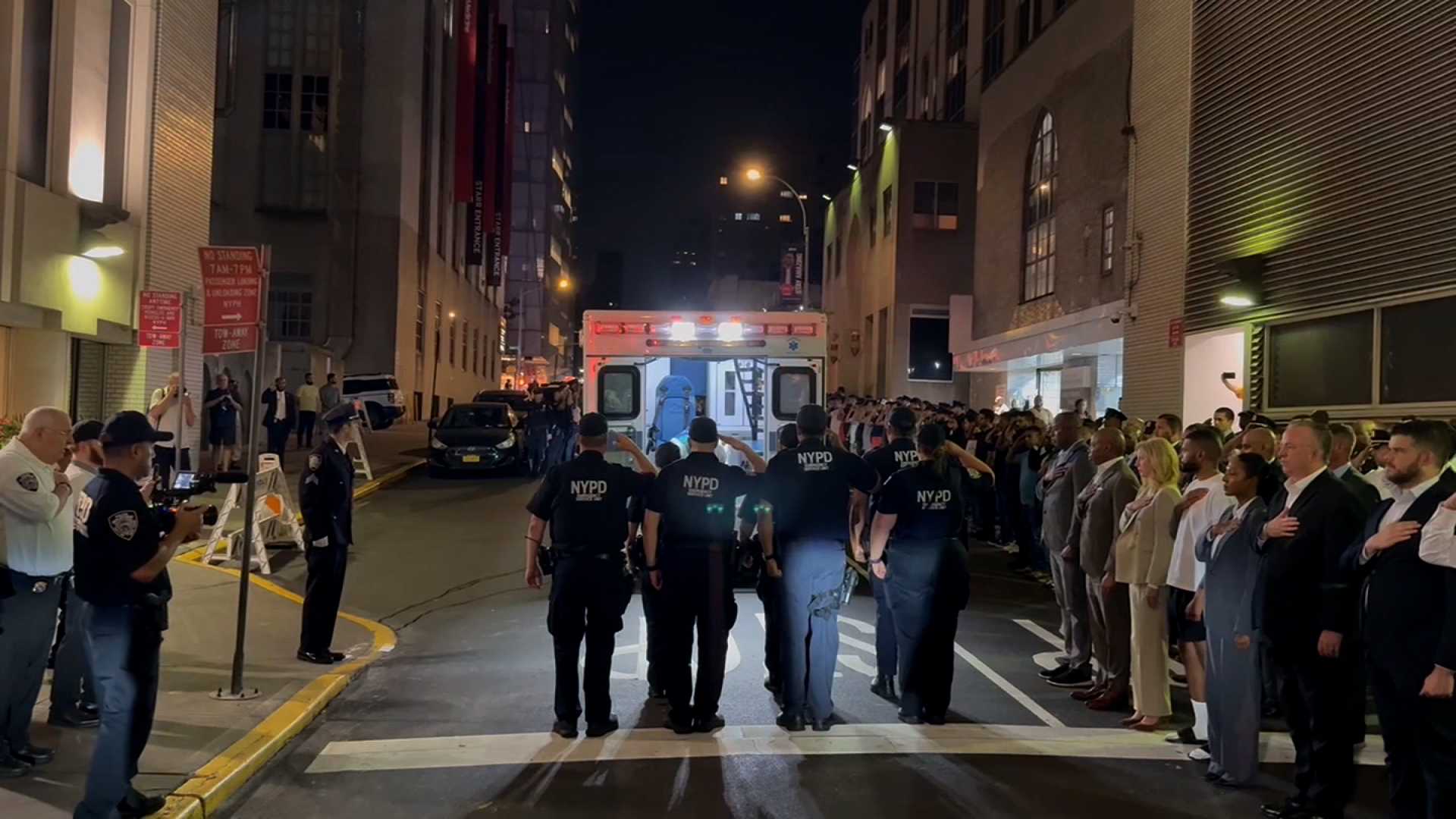The somber aftermath of a recent mass shooting at a seemingly impenetrable New York City office building has thrust the critical issue of urban security into an urgent global spotlight, leaving many questioning the efficacy of even the most stringent safety protocols.
Authorities have identified the assailant as 27-year-old Shane Devon Tamura, who traveled from Las Vegas to carry out the attack. A suicide note found on his person indicated grievances with the NFL and a suspected link to CTE, a degenerative brain disease, providing a chilling, albeit unclear, motive. Tragically, a critical error in navigating the building led him to a different floor than his intended target, the NFL headquarters, resulting in further fatalities.
The devastating incident claimed four lives, including off-duty NYPD Officer Didarul Islam, a 36-year-old immigrant from Bangladesh, who was working security at the building and leaves behind a pregnant wife and two young sons. Wesley Lapotner, an executive at investment firm Blackstone, was also among the deceased, while an NFL employee sustained serious injuries, underscoring the broad impact of the violence.
Despite the presence of an off-duty police officer, multiple security personnel, stringent check-in procedures, locked turnstile gates, lobby alarms, and floor-restricted elevators, the fortified Midtown Manhattan building at 345 Park Avenue was breached. This stark reality has ignited a fierce debate on how such an attack could occur in a facility designed with extensive security measures, prompting leaders like Governor Kathy Hochul to express bewilderment at the sheer determination of the attacker.
Security management consultants, such as Ken Wheatley of Royal Security Group, emphasize that every office must conduct tailored risk and vulnerability assessments to balance security needs with operational efficiency. Experts often refer to the ‘Four Ds’ of physical security—Deter, Detect, Delay, and Detain—as foundational layers intended to prevent and mitigate threats, highlighting the multifaceted approach required for comprehensive protection.
However, law enforcement analysts like John Miller contend that no standard security system in a public building can entirely thwart an individual armed with an assault-style weapon, bent on immediate violence. This perspective shifts the discourse from a mere security issue to a broader societal concern regarding gun violence and the pervasive challenges it poses, particularly in densely populated urban environments.
Beyond physical infrastructure, the response of employees proved equally crucial during the Monday shooting. Eyewitness accounts and social media posts revealed workers implementing active shooter training, specifically the ‘run, hide, fight’ strategy. Harrowing images showed employees barricading office entryways with furniture, demonstrating the critical role of individual preparedness and collective action in survival.
CNN law enforcement analyst Jonathan Wackrow notes that New York City’s corporate security is globally renowned post-9/11, but this successful attack marks a ‘seminal moment.’ Property owners and corporate security programs across Manhattan are now compelled to reassess and align their protocols with this evolving threat landscape, signifying a critical juncture in ensuring public safety and workplace security.






Leave a Reply